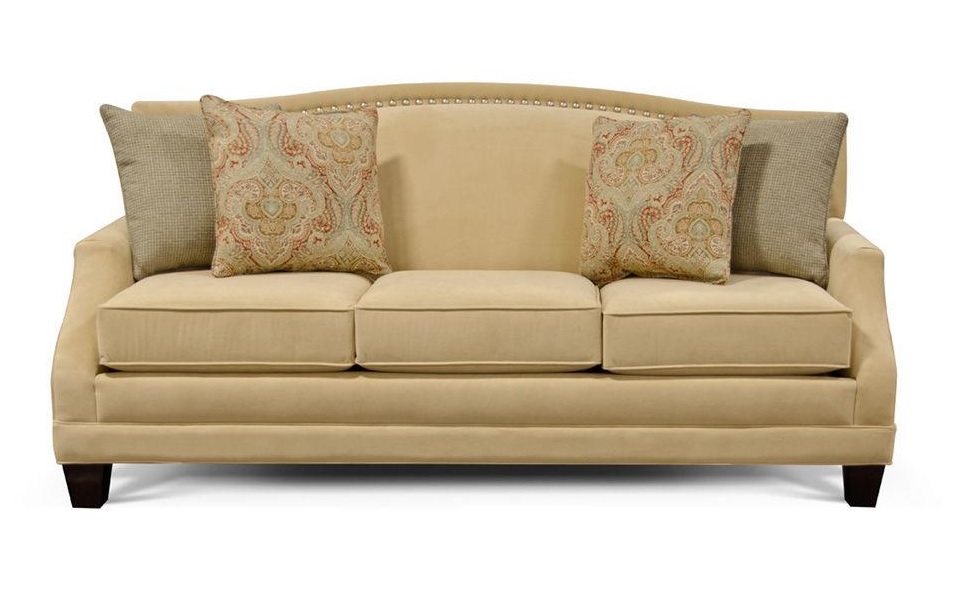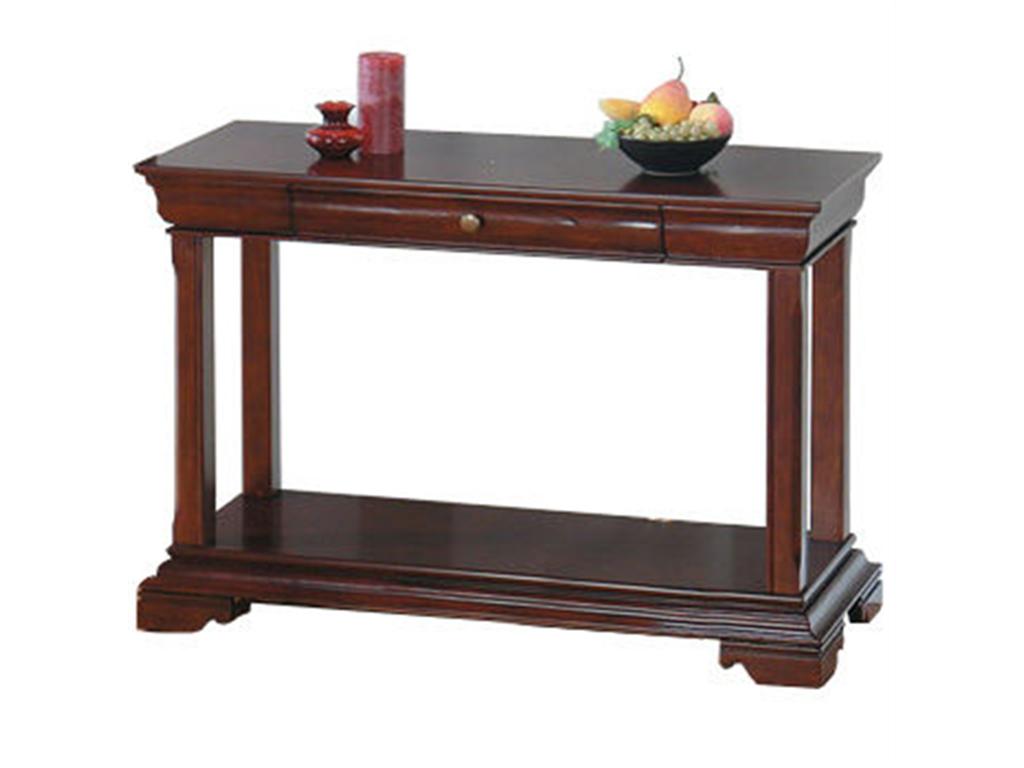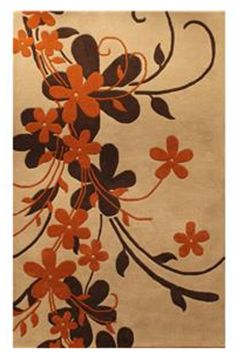 Floors are the foundation for the designs of any room and an area rug can visually integrate or harmonize diverse design elements in any decor.
Floors are the foundation for the designs of any room and an area rug can visually integrate or harmonize diverse design elements in any decor.
England Furniture invites you to consider some of the following factors when considering purchasing an area rug or decorating with an area rug.
1. The Size of the Rug and the Area to be Covered
Start with sizing up the room and the area you want to cover with a rug. The most common area rug sizes are 4’x6’, 5’x8’ and 6’x9’. An 8-by-10-foot area rug can cover an entire room while the smaller styles can be used underneath a coffee table or chair or in front of sofa, loveseat or bed.
2. Visualize the Look
Visualize the finished look of the room with an area rug in place. Do you prefer the sparse, uncluttered look or would you prefer a room rich with colors and textures? It’s important to remember that a rug is typically the largest splash of color in room. Many people first select their first and then the upholstery on their furniture to blend with the rug later. Regardless of the flow, the design and colors of the furniture should enhance the design or colors of the area rug. Some people take it a step further and allow the elements of a rug design to assist them in the overall design scheme. For example, if the rug is floral, they add framed prints or flowers in similar colors. Check out our England Furniture Area Rugs to see some of the latest styles and colors.
3. Using Multiple Area Rugs
One area rug is the general rule as it coordinates the room together and it helps select fabrics for furniture, curtains, etc. That stated, more than one rug can be used to separate a very large room into sections. The designs of the rugs should be different enough to create spatial separation, but similar in color and quality so to maintain the integrity of the room space.
4. Some other considerations:
- Make sure that the rug corners do not extend into high traffic areas to prevent trips.
- Try to avoid having the corner of the rug end up in the middle of the doors or archway openings.
- For smaller rooms, a small pattern is a popular choice as it gives the appearance of a larger room.
- It is recommended to rotate area rugs on a yearly basis to try to equalize the wear from traffic.


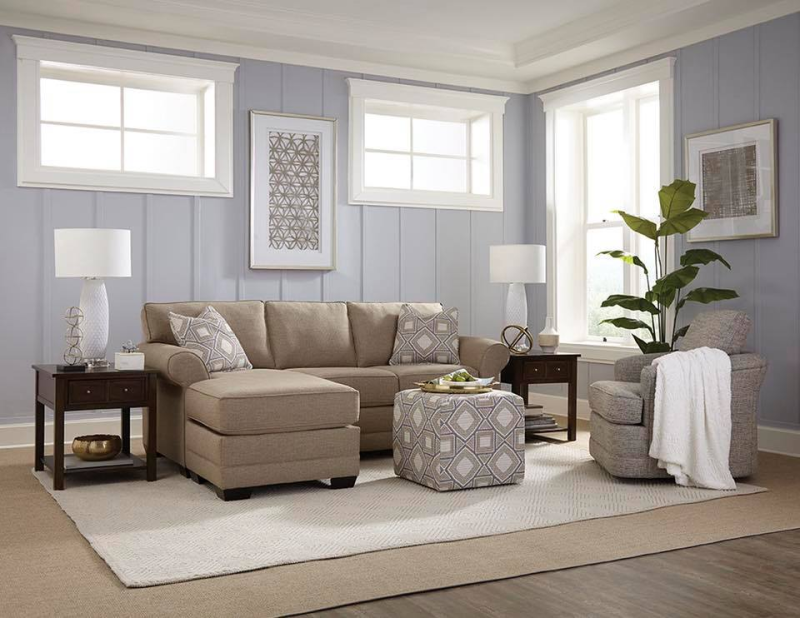
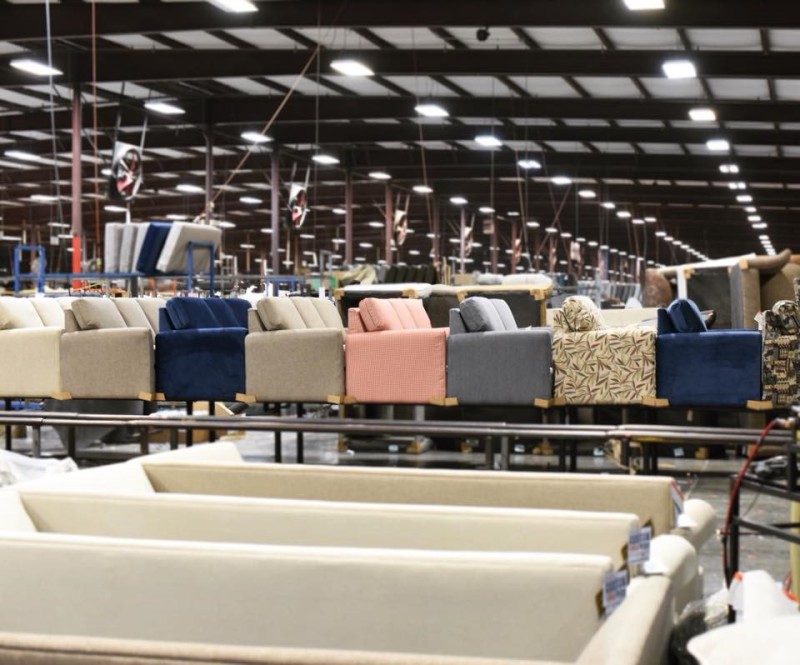

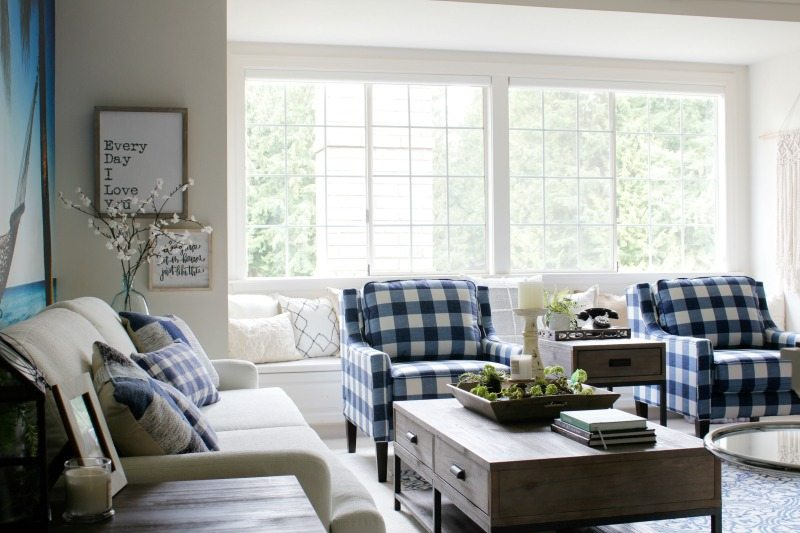
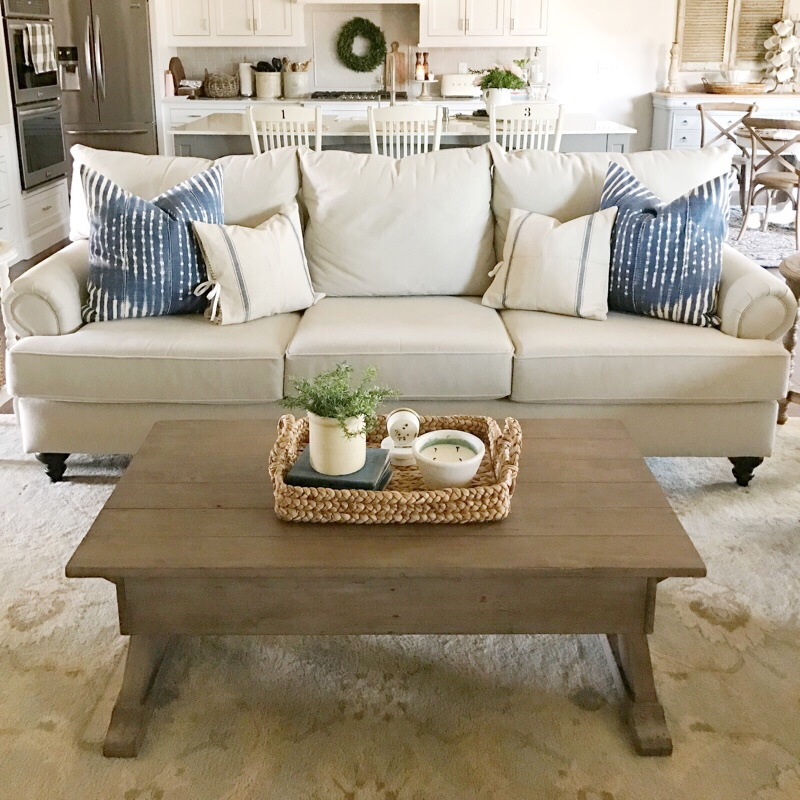
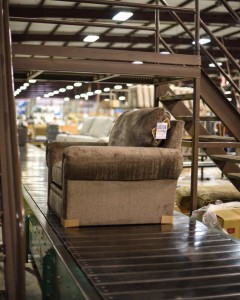
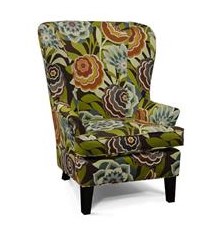 Among the extensive range of occasional chairs that are available today the wingback chair has one of the most enduring pedigrees. Few people browsing for furniture for their home today, however, realize that the wing chair actually has a history spanning hundreds of years.
Among the extensive range of occasional chairs that are available today the wingback chair has one of the most enduring pedigrees. Few people browsing for furniture for their home today, however, realize that the wing chair actually has a history spanning hundreds of years.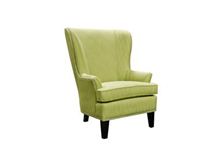 grandfather chair.
grandfather chair.